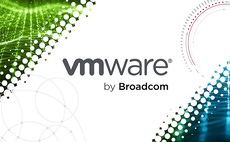Oil giant takes leap of faith to trust the cloud with its security, and sees 35 per cent cost savings as a result
Oil giant BP is reaping the rewards of its cloud-based security system from Cisco, and shared its experience of selecting and deploying the solution with delegates at the RSA Security Conference in...
To continue reading this article...
Join Computing
- Unlimited access to real-time news, analysis and opinion from the technology industry
- Receive important and breaking news in our daily newsletter
- Be the first to hear about our events and awards programmes
- Join live member only interviews with IT leaders at the ‘IT Lounge’; your chance to ask your burning tech questions and have them answered
- Access to the Computing Delta hub providing market intelligence and research
- Receive our members-only newsletter with exclusive opinion pieces from senior IT Leaders






















